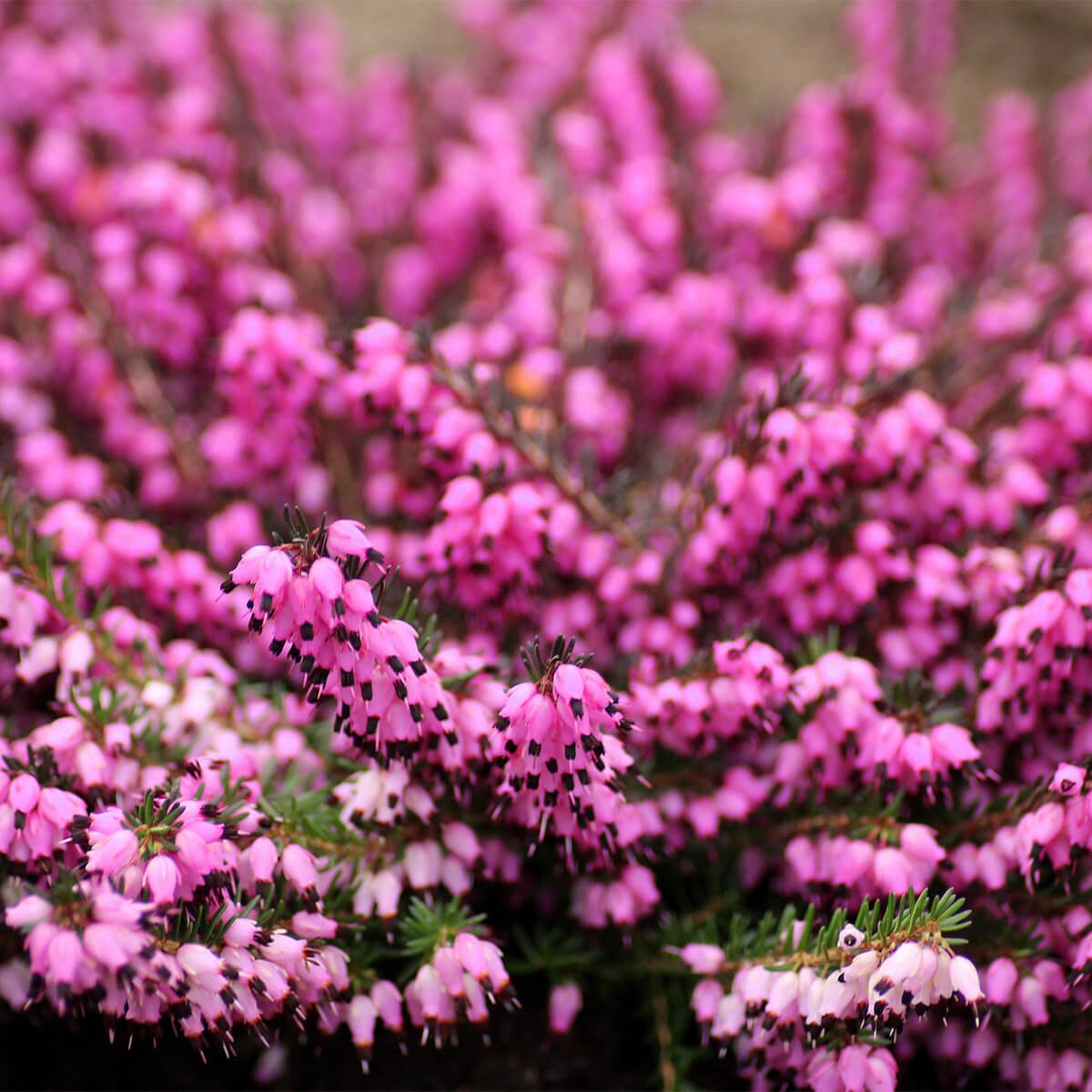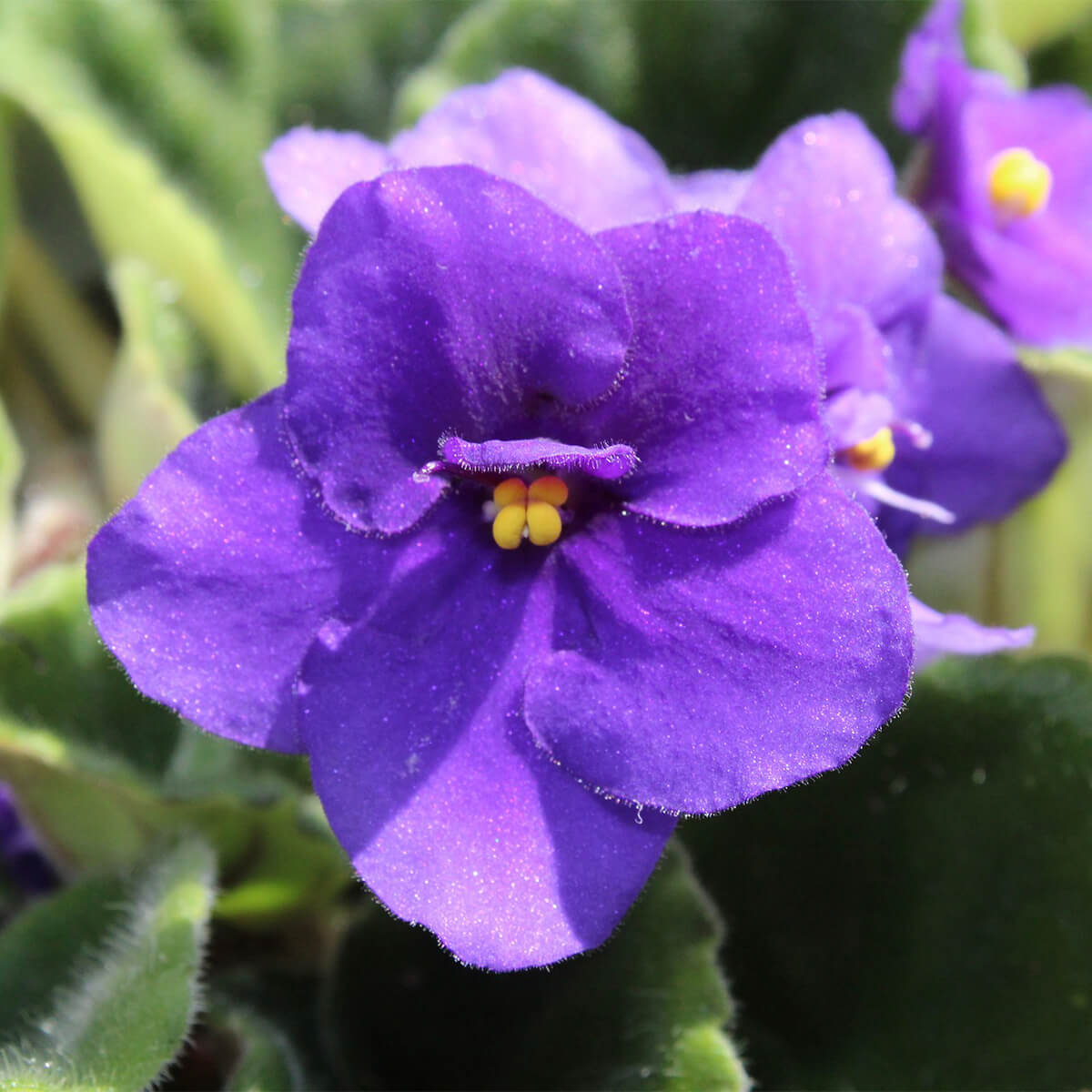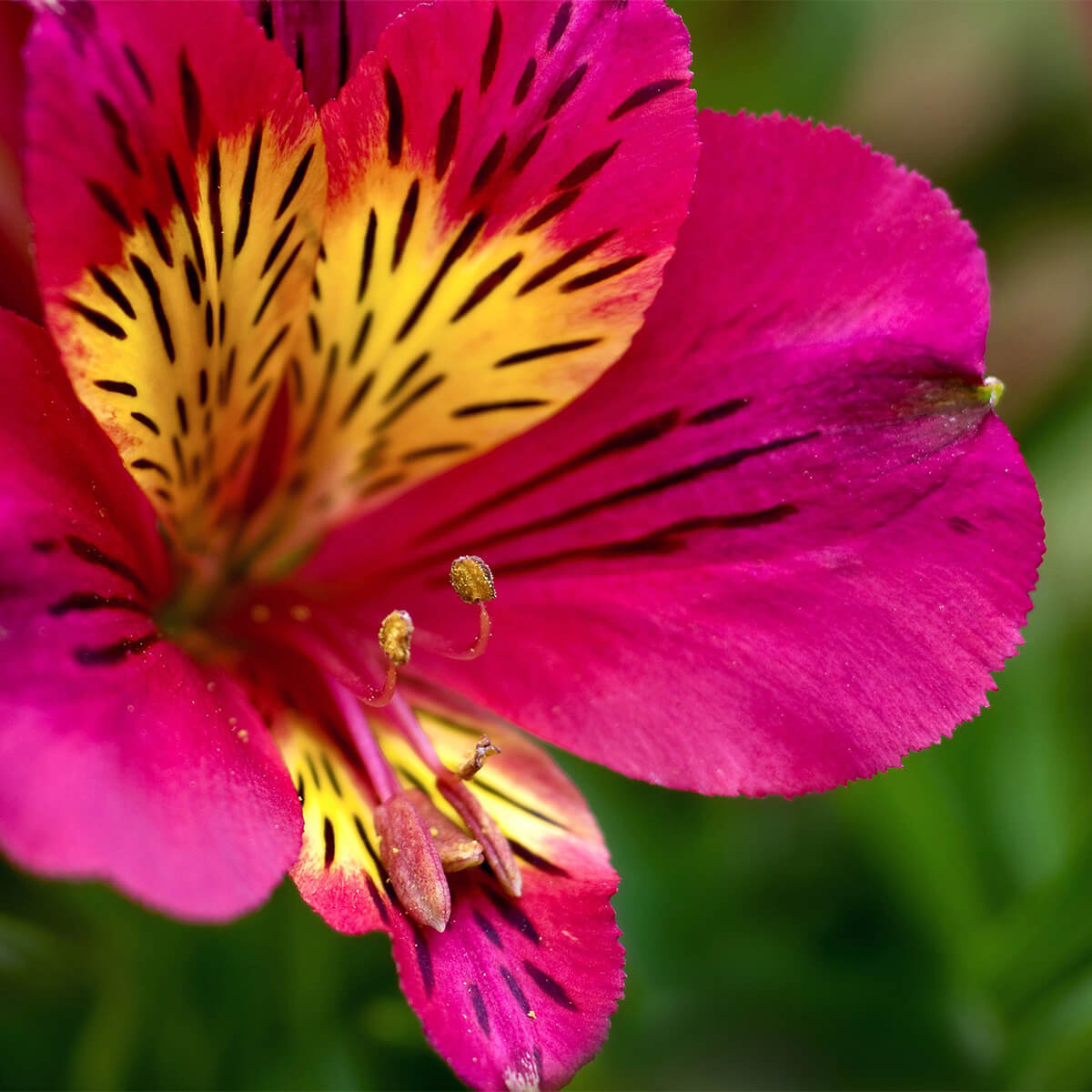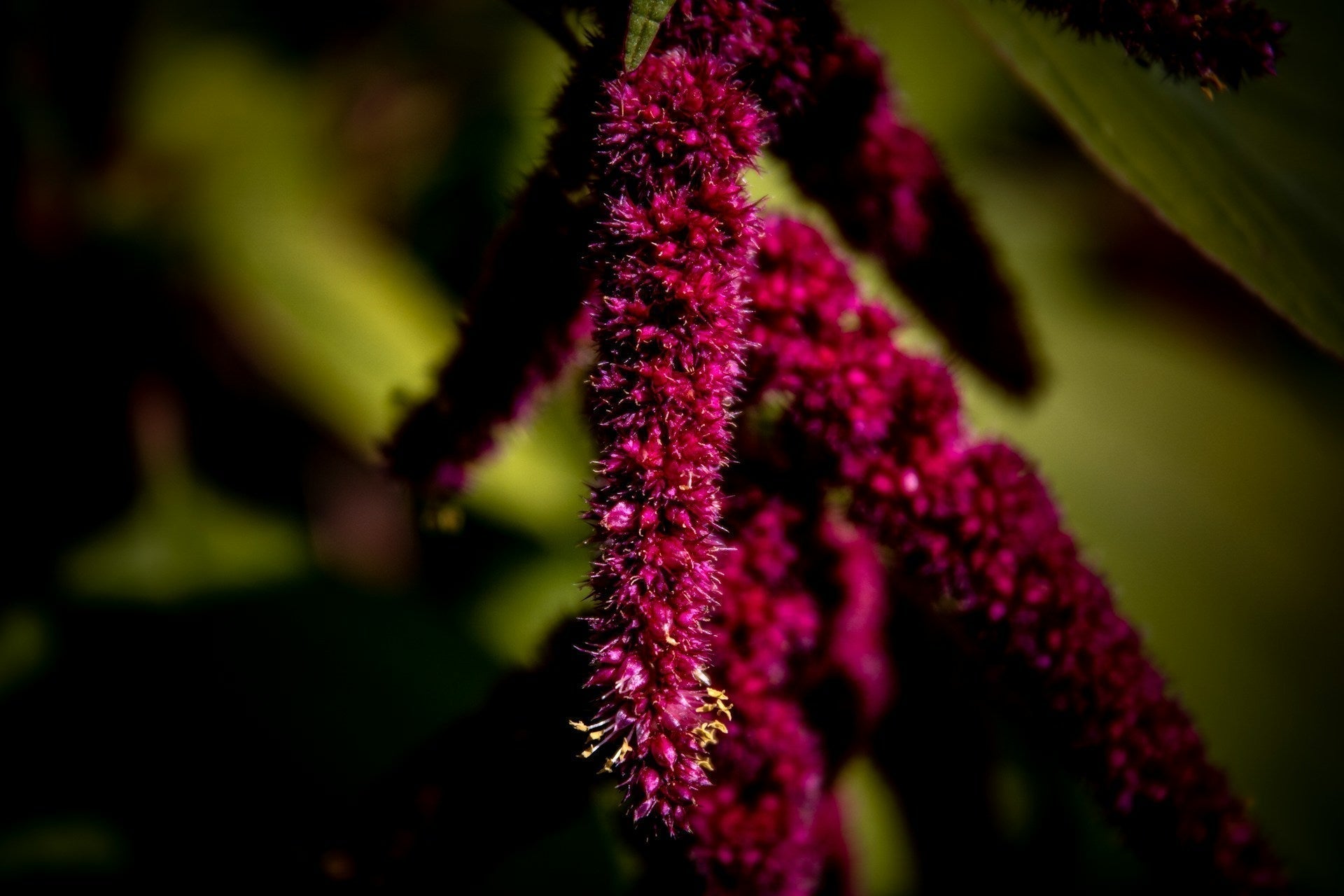Heather
Symbolism: Heather flowers commonly symbolize good luck, admiration, and protection. It’s also a symbol of resilience and endurance, due to its hardiness and ability to thrive in harsh conditions. Queen Victoria popularized heather as a good luck charm by wearing sprigs of it and gifting it to friends.
Description: The heather flower is small, delicate, and bell-shaped. It typically appears in clusters along the stems of the plant. The flowers can range in colour from white and pale pink to deep purples and magenta, depending on the variety.
Named after: The name heather is believed to come from the Scottish word haeddre, which was used to describe a heathland, or a shrubland habitat
Latin/Scientific name: Erica quadrangularis
Native to: Europe, including the Scottish highlands, and South Asia
Flowering period: Generally for weeks
Vase life: 7 to 10 days
Popular use in floral arrangements or bouquets: Not commonly used in floral arrangements or bouquets.
When in stock in our shops: Late winter as part of our flowering indoor plant collection.
Light
-
Place your potted heather plant in a location that receives bright, indirect sunlight.
-
Heather plants can tolerate some direct sunlight, but avoid placing them in hot, afternoon sun.
-
Heather plants can also be grown under fluorescent lights if natural light is not sufficient.
Soil
-
Use a well-draining potting mix that contains sand or perlite to ensure proper drainage.
-
Heather plants prefer acidic soil with a pH between 4.5 and 6.0.
Water
-
Water your heather plant when the top inch of soil feels dry to the touch.
-
Water the plant thoroughly and allow excess water to drain out of the pot.
-
Keep the soil evenly moist, but avoid overwatering as it can cause root rot.
Temperature & Humidity
-
Heather plants prefer cool temperatures between 50-60°F (10-15°C).
-
They also prefer a humid environment, so placing a tray of water near the plant or using a humidifier can help maintain adequate humidity levels.
Feeding
-
Fertilize your heather plant every 2-3 weeks with a balanced, water-soluble fertilizer during the growing season (spring and summer).
-
Use a fertilizer that is specifically formulated for acid-loving plants.
-
Avoid fertilizing during the winter months when the plant is dormant.
Transitioning Indoors to Outdoors
-
Heather plants can be transitioned from indoors to outdoors in the spring after the last frost.
-
Start by placing the plant in a shaded outdoor area for a few hours a day and gradually increase the exposure to sunlight over time.
-
Ensure the outdoor soil is well-draining to prevent waterlogged conditions.
-
Bring the plant indoors before the first frost in the fall.







